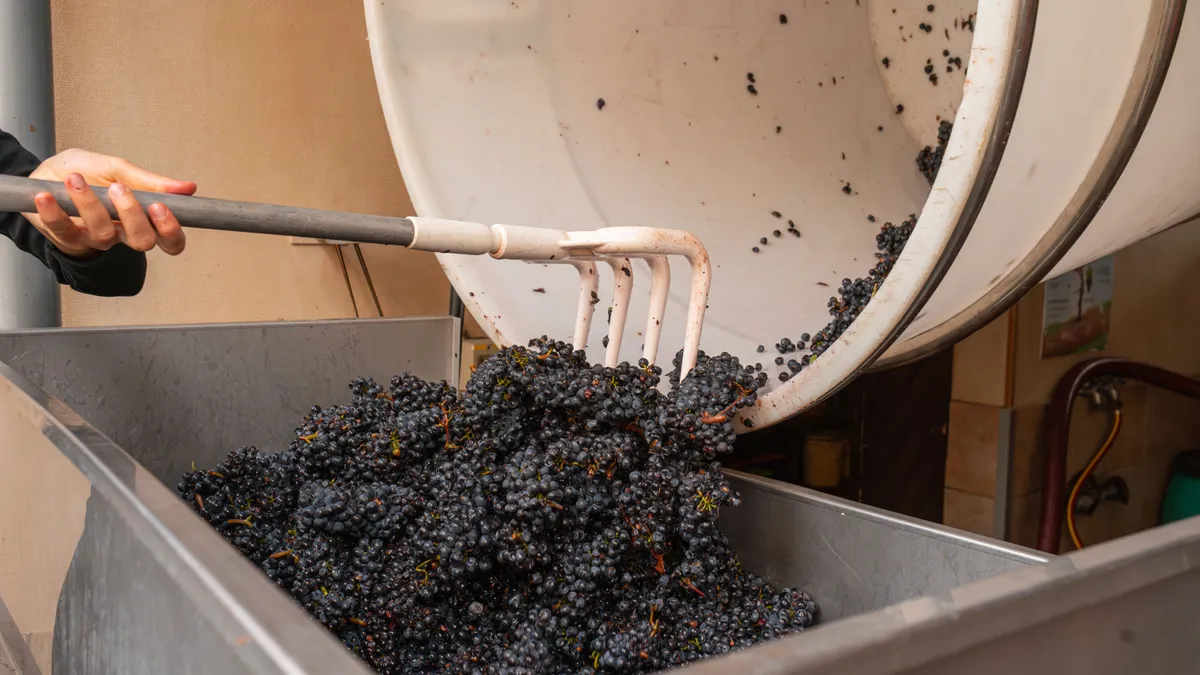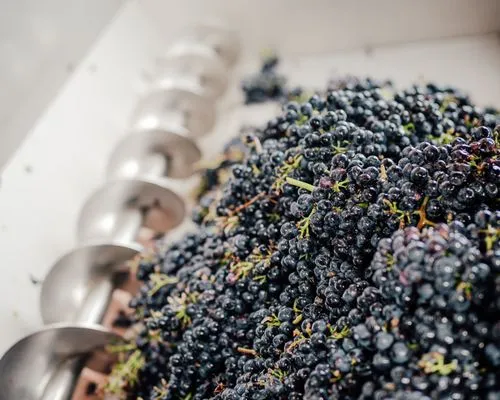Grape harvest in Switzerland: the stages from the vineyard to the cellar
1. Determining the right time to harvest
The first and most important step in the grape harvest is the choice of harvest time. The right balance of sugar, acidity, and flavour in the grapes plays a decisive role here. Winegrowers regularly measure the sugar content (Oechsle level) and acidity of the grapes.
2 The manual or mechanical harvest
As soon as the time is fixed, the grape harvest begins. In steep Swiss vineyards, such as those found around Lake Geneva or in Valais, mechanical harvesting is often not possible. Here, the grapes are harvested by hand – a laborious but precise method in which only the best grapes are selected. In flatter regions, grape harvesters are also used. These machines can harvest large quantities of grapes in a short time, but are less selective.
3. Sorting and selection
After the harvest, the grapes must be sorted again. With manual harvesting, this selection often takes place directly in the vines. With mechanically harvested grapes, the selection takes place in the wine cellar. Here, rotten, unripe or damaged berries are sorted out.

4. Destemming and crushing
The next step is destemming, where the berries are separated from the stems. The grapes are then crushed: the berries are crushed to release the juice. The mash consists of pulp, juice, skins, and seeds. This step is particularly important for red wine production, as the skins release the colouring and aromatic substances.
5. Pressing the grapes
Once the mash has released its aromas and colouring agents, it is pressed. This separates the must from the solid components. For white wine, pressing often takes place directly after destemming so that the skins do not have contact with the juice for too long and the wine retains its light colour. For red wine, the must often remains together for longer to absorb colour and tannins.
6. Must clarification
After pressing, the must is clarified. Lees such as pulp residues, skin particles and other solids are removed. This is done by natural sedimentation or by a centrifuge.
7. Alcoholic fermentation
Alcoholic fermentation now begins, whereby the sugar is converted into alcohol and carbon dioxide. If fermentation takes place using the grape's own yeasts, this is known as spontaneous fermentation. However, pure yeasts are often added to the must. Fermentation takes several days to weeks, depending on the type of wine.
8. Malolactic fermentation
Many red wines and some white wines undergo malolactic fermentation after alcoholic fermentation. Here, lactic acid bacteria convert the hard malic acid into softer lactic acid. This process gives the wine a rounder, smoother texture and reduces the acidity.
9. Ageing in barrel or tank
Once fermentation is complete, the ageing process begins. The wines are stored in stainless steel tanks, wooden barrels or barriques, for example. The choice of container has a significant influence on the character of the wine – for example, wooden barrels can give the wine additional flavours such as vanilla, toast, or spices.
Conclusion
Harvesting is much more than just picking grapes – it is a complex process in which craftsmanship, experience, and passion go hand in hand. Every step, from determining the time of harvest to ageing in the barrel, contributes to shaping the quality and character of the wine.
Pretium
Related Articles
All the news about Swiss wines and exclusive reports.
To visit our site, you must be of legal drinking age in your country of residence.








